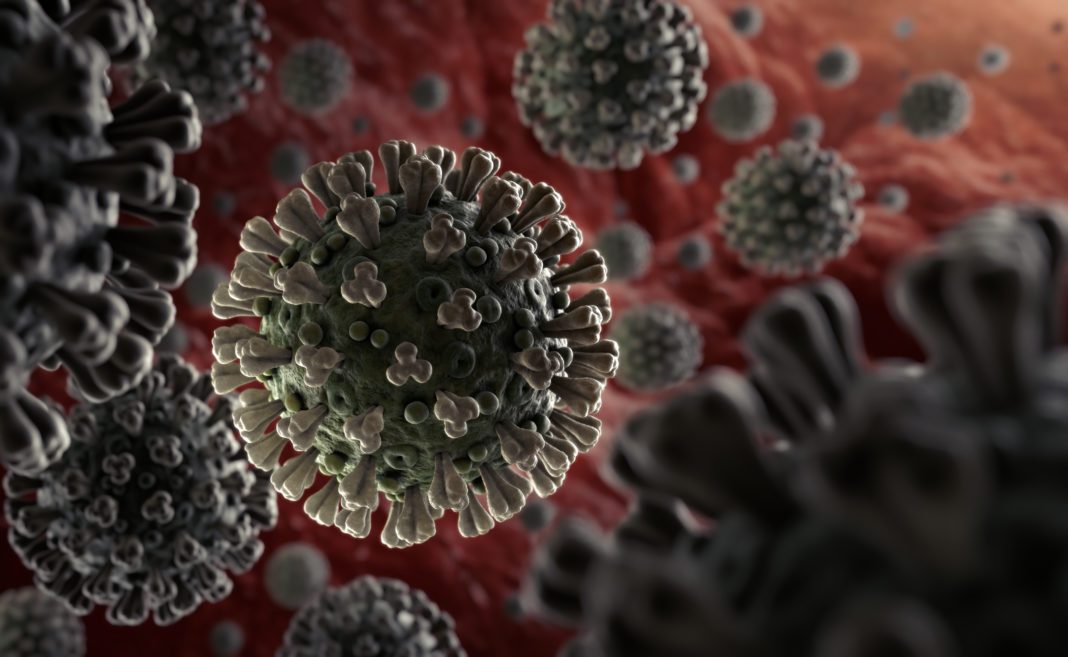New research from Japan shows hamsters inoculated with spike gene mutants that lack the protease cleavage site are resistant to subsequent infection with both the parent strain and emerging alpha (UK/B.1.1.7) and gamma (Brazil/P.1) SARS-CoV-2 variants.
“SARS-CoV-2 spike gene mutants may be used as immunogens for live-attenuated vaccines, similar to the current yellow fever vaccine,” says Hirofumi Sawa, PhD, MD, principal investigator of the new study and scientist in the Division of Molecular Pathobiology, International Institute for Zoonosis Control, at Hokkaido University, in Sapporo Japan, and in One Health Research Center at Hokkaido University.
The findings reported in the article “SARS-CoV-2 Bearing a Mutation at the S1/S2 Cleavage Site Exhibits Attenuated Virulence and Confers Protective Immunity,”in mBio, a journal of the American Society for Microbiology, highlights the potential benefits of using S gene mutants to trigger an immune response.
The spike protein (S) of SARS-CoV-2 binds to the host cell receptor, a motif in the ACE2 protein, allowing the virus entry into the host. The spike protein is cleaved by a host protease, increasing the range of cells in the host that the virus can enter. Variants of SARS-CoV-2 that lose the furin protease cleavage site at the spike protein (S gene mutants) emerge rapidly during propagation in Vero cell culture studies, earlier studies have reported.
The researchers set out to characterize the growth and pathogenicity of SARS-CoV-2 S gene mutants through studies in the hamster model, considered by many in the field as the ideal model for investigating SARS-CoV-2 infections. Hamsters contract the same virus variants as humans, and develop similar disease symptoms, including severe lung inflammation.
The authors housed the infected hamsters in isolators at the biosafety level-3 facility. “Our experiments were conducted in accordance with set guidelines. Because we had to move animals with the isolators into the safety cabinet to monitor the animals, we did a lot of heavy lifting on a daily basis,” says Michihito Sasaki, PhD, DVM, a lecturer in the Division of Molecular Pathobiology, International Institute for Zoonosis Control, at Hokkaido University and lead author of the study.
The researchers discovered that the SARS-CoV-2 S gene mutants are variants with weakened capacities of infection and low pathogenicity. In the airway tissues of hamsters, the S gene mutants show limited growth. Hamsters infected with the S gene mutants show no decrease in body weight and only mild inflammation, supporting the weakened state of S gene mutants.
However, the authors show transient infection with S gene mutants can induce sufficient levels of neutralizing antibodies in hamsters to generate protective immunity against infection with highly infectious clinical strains of SARS-CoV-2.
“Because these variants rapidly emerge through SARS-CoV-2 propagation in some cell lines, including Vero cells, researchers should be alert to the possibility of unexpected contamination with these variants,” says Sasaki.
“To overcome the COVID-19 pandemic, a multisectoral and transdisciplinary approach under the ‘One Health’ umbrella is needed,” says Sawa. “At our International Institute for Zoonosis Control, we endeavor to establish effective strategies for prediction, prevention, and control of zoonotic diseases, including COVID-19.”
In future experiments, the researchers intend to uncover the mechanism of severe COVID-19 and develop new therapeutic strategies for COVID-19.



